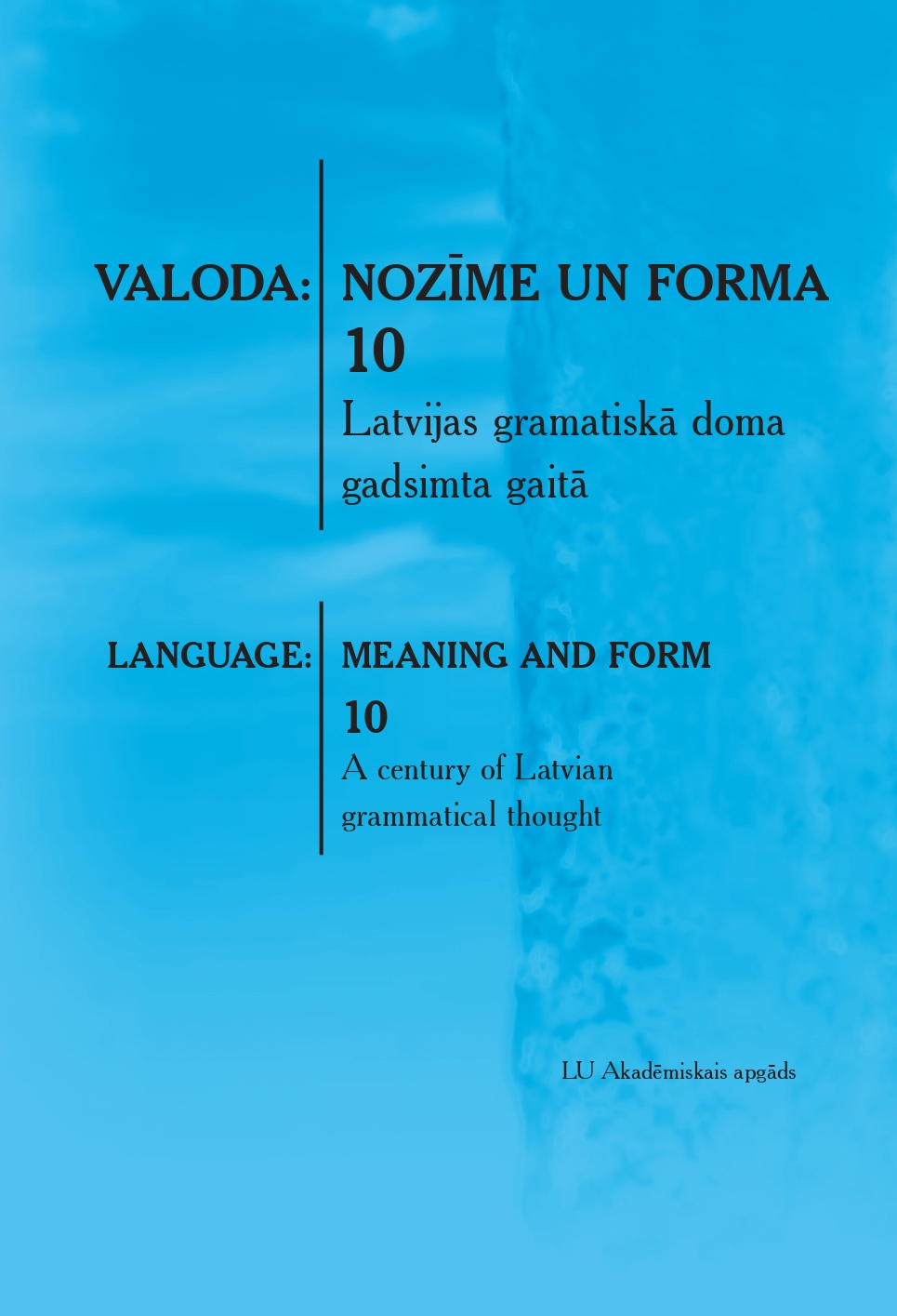“We don’t really have a preferred language”: a case study of language practices in the Latvian–Estonian border area (Valka and Valga twin-towns)
“We don’t really have a preferred language”: a case study of language practices in the Latvian–Estonian border area (Valka and Valga twin-towns)
Author(s): Sanita LazdiņaSubject(s): Comparative Linguistics, Finno-Ugrian studies, Eastern Slavic Languages, Baltic Languages, Present Times (2010 - today)
Published by: Latvijas Universitātes Akadēmiskais apgāds
Keywords: Valka and Valga; linguistic landscape; language management; lingua franca; Russian and English;
Summary/Abstract: The article is based on research carried out in the border towns of Latvia and Estonia (Valka and Valga) in 2014–2015. The purpose of the research was to explore the use of languages in the public space (linguistic landscape) and language choice in oral communication, particularly between ethnic Estonians, Latvians and Russians, on both sides of the border, i.e. investigating which languages (Latvian, Estonian, Russian or English) are used as a lingua franca. Based on a common history, Valka and Valka currently call themselves “twin towns” and use the slogan 1 city, 2 states for shaping the external image of both cities. This background inspired the first question underlying the research: whether the two cities can also be called twin towns from a sociolinguistic perspective, i.e. whether there are similarities in both towns regarding the choice of languages in public space and in oral communication. The second research question was formulated with the aim to explore reasons for the presence of languages in Valka and Valga: which factors have contributed to the use of languages in specific situations, e.g. national or institutional regulations, different language management models at the local level, language beliefs. Data were gathered through documenting and analyzing language signs in the linguistic landscape, by taking field study notes, and by conducting observations, experiments and interviews. Data analysis and interpretation was based on linguistic landscape theory and linguistic ethnography. The article consists of four parts: an introductory part in which the theoretical and practical framework of the research is presented. The second part provides a brief insight into the history of both towns and their contemporary ethno-demographic situation. The third part is the main part of the article, analyzing the data collection process and discussing the main results of the research, while the final part presents conclusions and suggests further discussions.
Journal: Valoda: nozīme un forma
- Issue Year: 2019
- Issue No: 10
- Page Range: 114-130
- Page Count: 17
- Language: English

